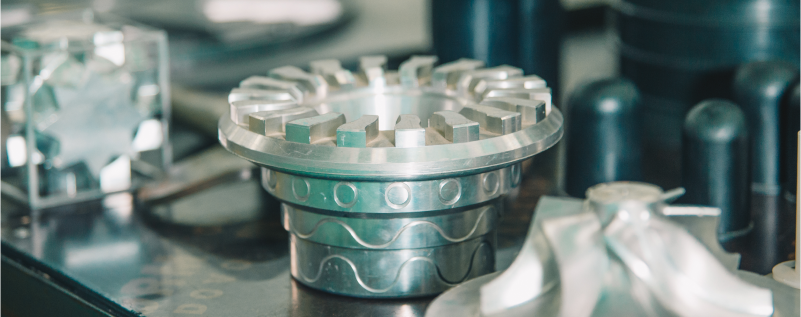A vehicle consists of various components such as car bodies, chassis, tires, brakes, closures, modules, etc. Each of these parts plays a crucial role in a vehicle’s operation, and precision is of utmost importance in the automotive manufacturing industry.
Third-party inspections of automotive parts are essential to ensure an additional layer of reliability, which can help manufacturers and suppliers avoid financial and reputational repercussions of recalls, legal liabilities, and warranty claims. In this article, we’ll provide an overview of the basic inspection checklist that VIS Quality Control employs for automotive parts before shipment.
Importance of Third-Party Automotive Parts Inspections
Automotive manufacturing is a complex process, and the failure of even a single component can have serious consequences. While manufacturers have their internal quality control mechanisms, third-party inspections of automotive parts add an extra layer of reliability and provide a comprehensive review. These inspections help manufacturers meet stringent regulatory standards imposed by different countries and ensure consistency across production batches.
Third-Party Automotive Parts Inspection Checklist
The procedures of an inspection checklist may vary based on the specific product under examination and client requirements.
Quantity Verification
The inspector first verifies the alignment between the number of parts supplied or manufactured and the quantities detailed in orders, delivery notes, or pertinent documentation.
Workmanship
A core facet of the third-party inspection process is the assessment of automotive spare parts’ workmanship. In this specific assessment, the craftsmanship was predominantly appraised through a visual inspection of the automotive parts. The product must display an impeccable finish, free from overt defects such as dents, scratches, or any blemishes.
Style, Color & Documentation
It’s crucial for the product’s physical design, including its shape and structure, to align with the specifications documented or agreed upon. Any deviations could result in functionality challenges, aesthetic inconsistencies, or fitting concerns, particularly in precision sectors like automotive components. During this inspection, the inspector verifies whether the product’s physical appearance matches that which was agreed upon.
Field Test & Measurement
The inspector employs precision-calibrated instruments, or in this scenario rulers, to measure and confirm the dimensions of the automotive parts. The products are also weighed using scales. All recorded measurements must adhere to the defined tolerance thresholds to guarantee ideal fit and performance. Concurrently, the inspector examines pertinent documentation, such as material test reports, to validate the quality of the materials used in the product.
Shipping Mark and Packaging
The concluding step involves assessing the packaging’s structural integrity to ensure its suitability for transit. Evaluations extend to the internal protection mechanisms, seals, and closures to confirm their efficacy. The uniformity of packaging, the accuracy of handling labels, and adherence to transportation dimensions are also verified.
Conclusion
Automotive parts inspections are crucial to ensure vehicle reliability and safety. Given the intricacies of automotive manufacturing, thorough verification of parts quality is essential. Third-party automotive parts inspections by VIS Quality Control involve a series of criteria, including quantity, workmanship, documentation, physical validation, and packaging checks.
It’s important to note that specific checkpoints might vary based on the product. That’s why if you need professional vehicle inspection service, reach out to VIS Quality Control.




Related Posts